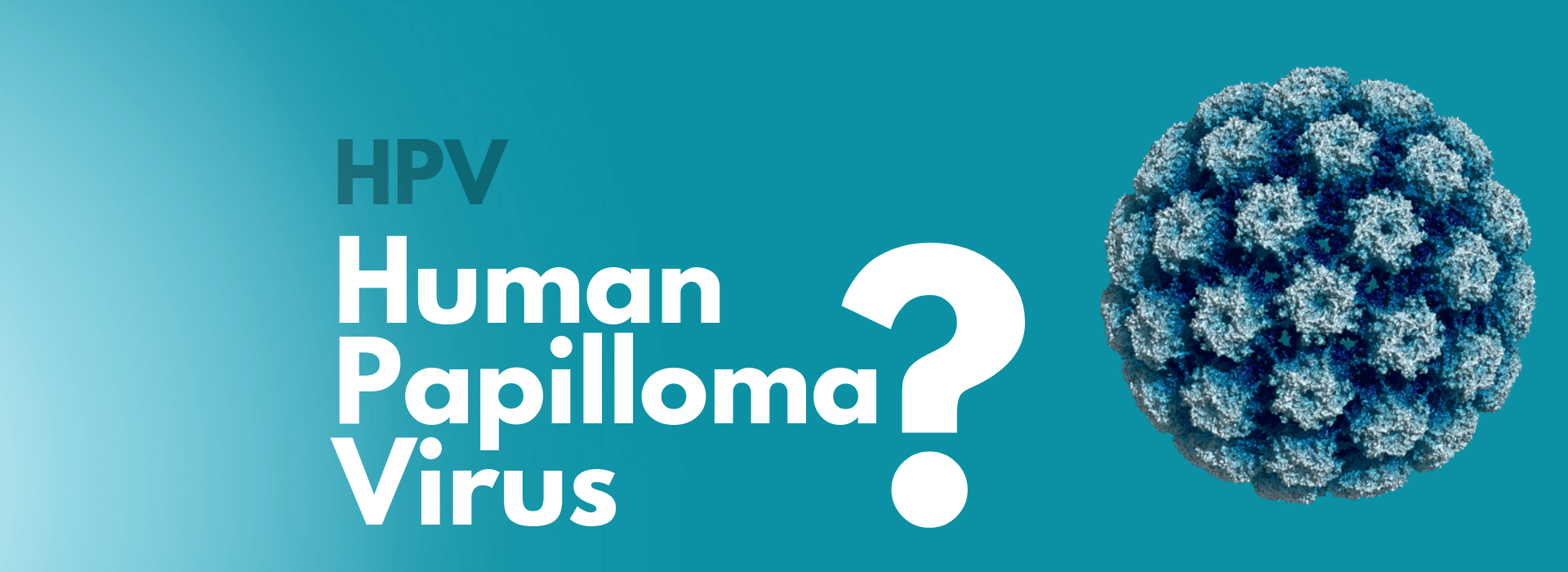
11 Oct Human Papilloma Virus (HPV)
The Human Papilloma Virus is a kind of a sexually transmitted infection (STI), that is the underlying cause of cervical cancer. This virus is a family of more than 150 kinds of viruses. Each kind of virus is usually termed as ‘type’ or ‘strain’.
HPV only affects either the cells on the surface of the skin or the mucous membranes. Mucous membranes are moist surface layers that line organs or parts of the body that open to the outside like the vagina, anus, mouth or throat. Different strains of HPV are found on these two surfaces; the strains of the virus found on the mucous membranes are not the same as the ones found on the surface of the skin. HPV also does not affect any internal organs like the heart or the lungs.
How can an HPV infection be transmitted?
HPV is transmitted through any kind of intimate skin to skin contact. It can be transmitted through vaginal, anal or oral sex. HPV infection is very common in people who are sexually active. Anybody who is sexually active must have caught a HPV infection at least once in their lives. But, not every infection leads to further disease. This is because our body has a natural mechanism to fight of these infections. It is only some times that the body is unable to fight these infections and when left untreated they develop into diseases like cancer.
Not all HPV infections cause cancer
Cervix is the lower part of the uterus that connects it to the vagina. It is primarily made up of connective tissue and muscle and has two types of cells.
HPV is a family of different kinds of viruses called ‘types’ or ‘strains’. Each strain has a different effect on the body. Thus, it is wrong to assume that all HPV infections lead to invasive cancer. In fact, most of the strains of the virus do not cause any kind of cancer. They are mostly linked to the occurrence of warts on the part of the body where the infection is.
Warts due to HPV can occur on the arms, legs, chest, hands or feet and also on the genitals of both man and women. The strains of HPV that effect the genitals of both men and women are called Genital HPV. Genital HPV are broadly categorized as Low Risk and High-Risk HPV depending on the severity of the outcome of the infection.
- Low Risk HPV – Particular strains of the virus that only cause genital warts in both men and women are called Low Risk HPV. These warts or lesions rarely turn into cancer. Low risk HPV include the HPV-6 and the HPV-11 strains.
- High Risk HPV – There are about 14 different strains of high risk HPV that cause several different types of cancer. Out of these, HPV-16 and HPV-18 are the most common due to which the most the most number of HPV-related cancers occur. These types of the virus are linked to cancers in the vulva, vagina, penis, anus, tongue and tonsils. They infect the squamous cells that are found on the surface of these organs, hence, most of these cancers are squamous cell carcinomas.
The types of cancer HPV can cause
High risk HPV infections are the major reason for a number of different kinds of cancer. It interferes with the way the cells communicate with one another, leading to the uncontrolled growth of the infected cells. These when left untreated eventually develop into cancer.
Depending on where the infected cells are located, listed below are a few types of cancers whose underling cause is an HPV infection.
- Cervical Cancer – Almost all cases of cancer of the cervix are due to an HPV infection, mainly the HPV-16 and the HPV-18 strains. Taking proper preventive care steps like screening helps doctors catch the infection at a precancerous stage, increasing the changes of curing the infection before it even turns into cancer.
- Oral Cancer – HPV can also cause cancer of the mouth, tongue or oropharynx (the middle part of the throat, starting from the tonsils to the voice box). Oral cancer due to HPV has seen a rise in both men and women which may be linked to a change in sexual behavior.
- Apart from these two major cancers, HPV infections are also responsible for cancers like anal, vaginal and vulvar cancers and also penile cancer in men.
Risk factors for getting an HPV infection
There are certain factors that contribute to increasing the risk of a woman catching an HPV infection. Some of them are –
Visit your gynaecologist now and help CAPED create a Cervical Cancer Mukt Bharat.
- Smoking
- Having multiple sex partners
- Having unprotected sex
- Having your first full time pregnancy at a very young age
- Using oral contraceptives for a long time
- Giving birth to many children
Author : Taru Medha (CAPED Intern)


